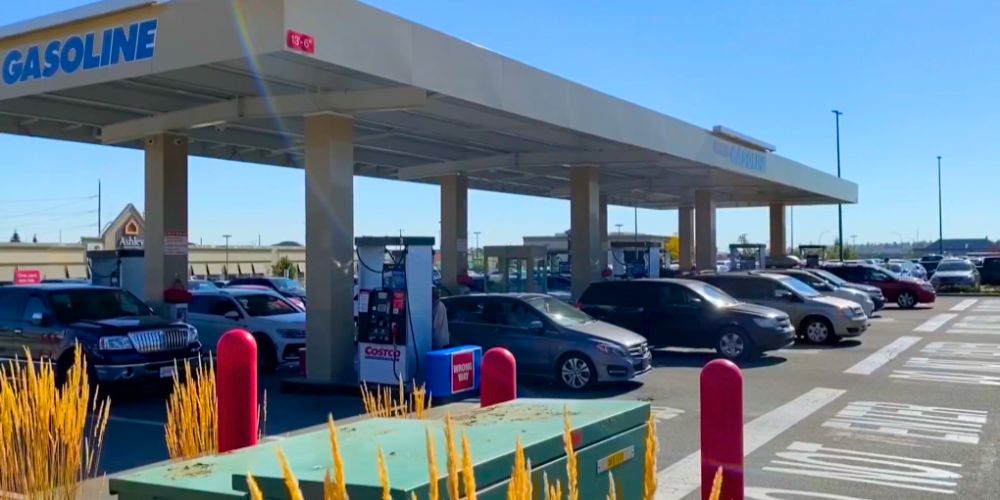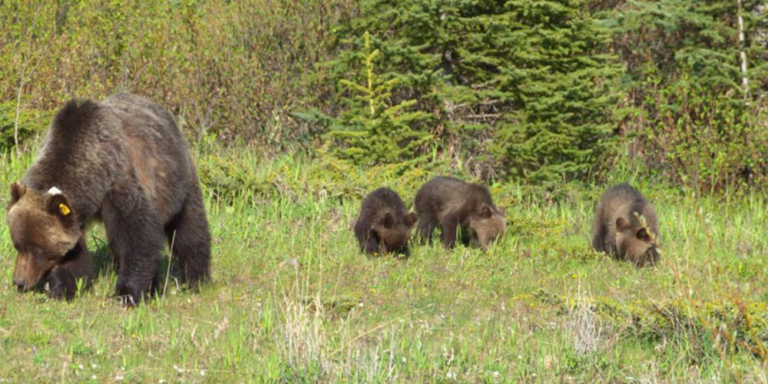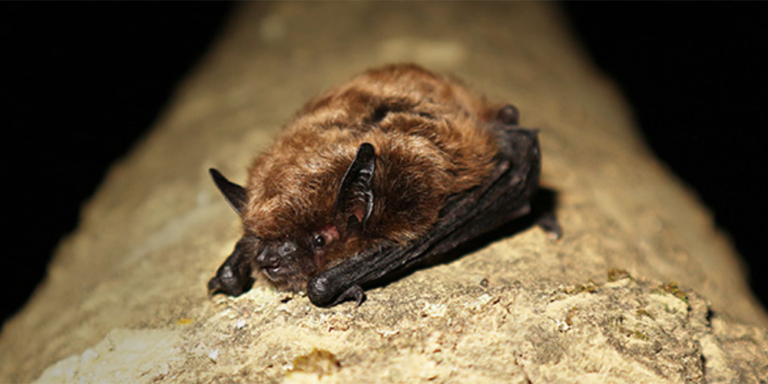Albertans like getting rebate or dividend cheques.
Remember Klien Bucks, officially called the Prosperity Bonus? In 2006, most of the 3 million Alberta residents got a one-time $400 cheque from then-Premier Ralph Klien’s Government.
How times have changed?
Fast forward 18 years, and some politicians are demonizing a federal program that puts money in most Albertans’ pockets.
If you’ve been listening to some politicians and pundits, I’ll bet you’ll be surprised by this fact: Alberta residents will get more money this year from the federal government’s carbon rebate than people in any other province.
Thank you, Ottawa!
The feds recently announced their 2024-25 numbers for the Canada Carbon Rebate.
Starting in April, a family of four Albertans will receive four quarterly payments of $450 for an annual total of $1,800.
That’s almost a 25 percent increase from 2023-24 when the rebate was $1,544 annually.
Rural Albertans will get an additional top-up, with a family of four getting a $2160 cheque annually.
Farmers are exempt from most carbon pricing.
The estimated average cost of carbon pricing per Albertan household is $1,056 annually. The average household will get $1,779 from the rebate.
So that means that eight out of ten households in Alberta will get more back than the carbon levy cost them.
Cheques or direct deposits will go out in April, July, October and January 2025.
How it works
The rebate was known previously as the Climate Action Incentive Payment.
The federal government said it changed the name to Canada Carbon Rebate to make it easier for people to understand the link to carbon pricing that comes in the form of a fuel surcharge.
So, what’s the Canada Carbon Rebate for?
According to the Canada Revenue Agency, it’s “a tax-free amount to help eligible individuals and families offset the cost of pollution pricing.”
The pollution pricing program and rebate system were introduced in 2019. It puts a levy on heat-trapping greenhouse gas emissions, making it more expensive to burn fossil fuels.
The levy started at $20 for every tonne of carbon dioxide or equivalent, then it increased by $10 per tonne each year until a $50 ceiling was reached in 2022.
As of 2023, the carbon levy began increasing by $15 a year, and will continue at that rate until it reaches $170 per tonne in 2030.
What’s the goal?
To encourage Canadians to burn less fossil fuels.
That makes sense because Albertans, and all Canadians, need to cut the heat-trapping pollution our activities produce.
Remember, we are among the highest per capita carbon polluters in the world.


Who Gets It?
The Canada Carbon Rebate is available only to residents of Alberta, Saskatchewan, Manitoba, Ontario, Newfoundland and Labrador, Nova Scotia, New Brunswick, and Prince Edward Island.
British Columbia, Northwest Territories, Yukon, Nunavut and Quebec don’t qualify because those provinces and territories don’t participate in the federal carbon pollution pricing system.
BC has its own carbon pricing that predates the federal program.
In 2008, BC launched North America’s first broad-based carbon tax under Premier Gordon Campbell, who led a BC Liberal Party government from 2001 to 2011.
On paper, the Canada Carbon Rebate is a net win for Albertans.
But is carbon pricing a win for the climate?
That’s the big question.
Between 2019 and 2021, Canada’s overall emissions dropped 53 million tonnes, according to some estimates.
However, experts have yet to conclude how much of that is a result of carbon pricing versus other climate policies.






